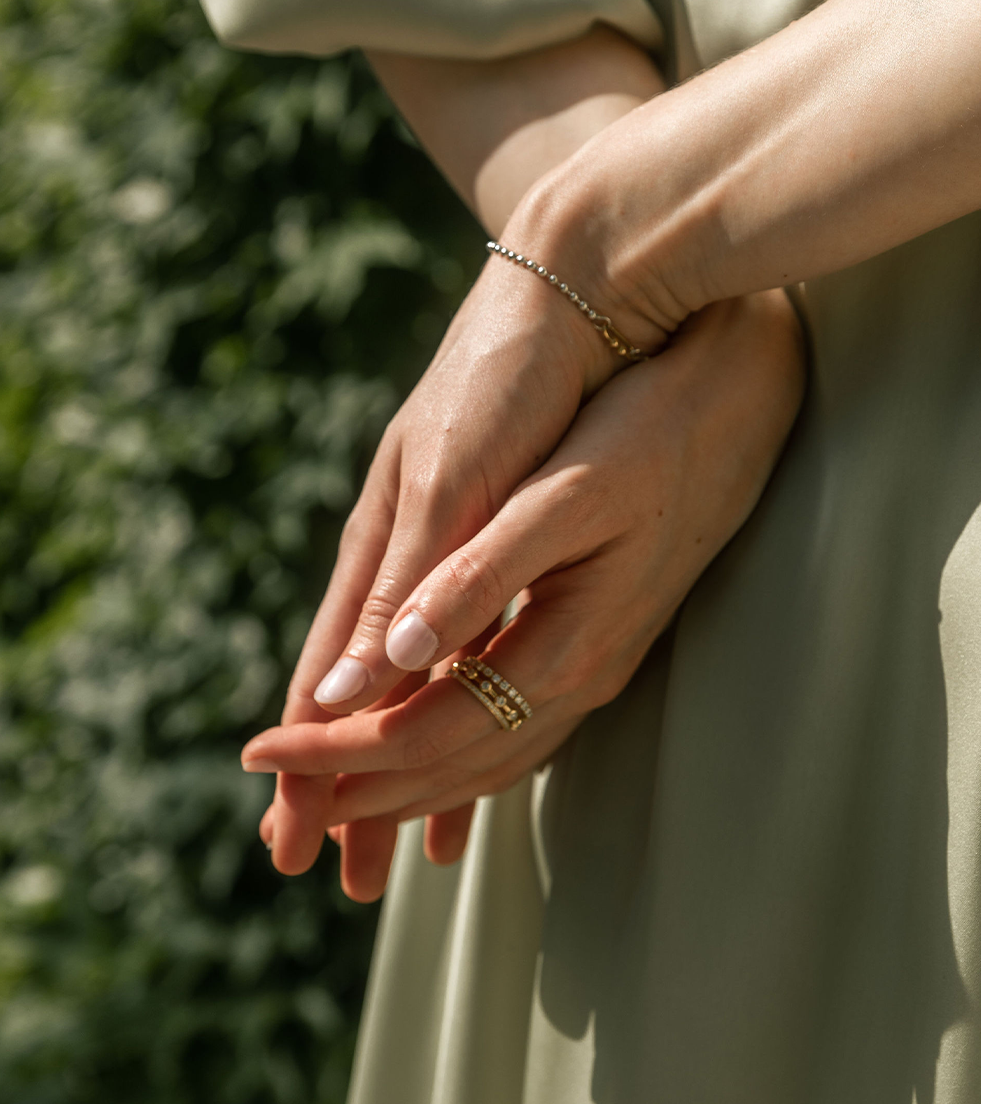The fashion industry, a place that promises constant change and innovation, is now facing one of its biggest challenges: sustainability and therefore the production of sustainable fashion.
The number of consumers demanding a sustainable, socially responsible approach to fashion is growing. At the same time, there is a risk of losing the broad mass of consumers who can still afford truly sustainable fashion. As a consequence, will this lead to a new definition of luxury in the fashion industry? What values of identification should luxury goods embody in the future? Will riches exclusivity, status, abundance and tradition be added in the future in order to play into the luxury segment or will there be a systemic change that will provide luxury brands with new, sustainable values t?
The fact is: the production of sustainable fashion is complex and involves numerous hurdles that force companies to rethink their strategies and business models. Which companies will this be possible?
Do small labels that follow a holistic sustainable strategy have a chance to position themselves alongside established (luxury) brands for which consumers already have a higher price acceptance
This journal takes a look at changing consumer behavior and the significant problem of restructuring that companies in the fashion industry face in pursuing sustainable goals.








